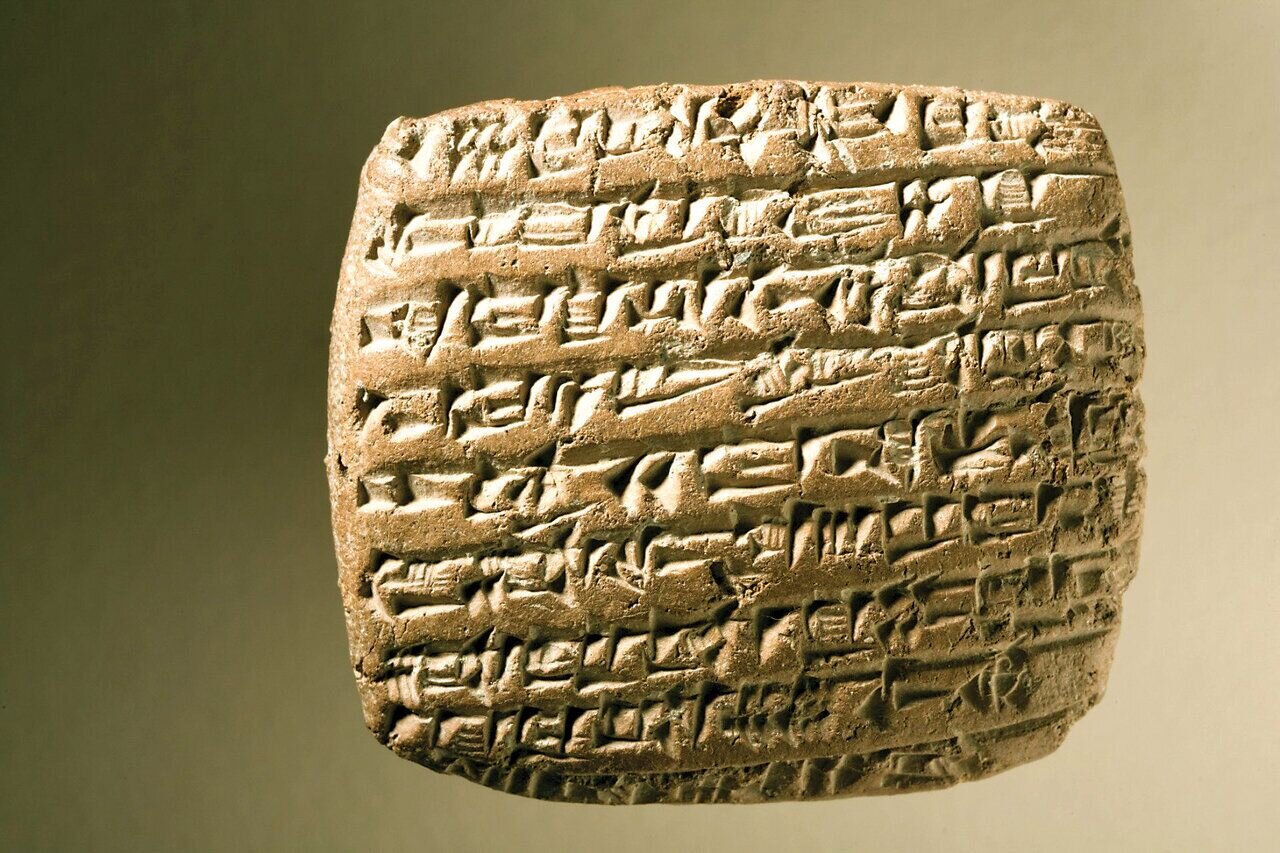Souvenir of New York: 1100 Achaemenid clay tablets returned home

TEHRAN – On Thursday, 1100 Achaemenid-era clay tablets were returned to Iran from the United States, marking the sixth batch of such historical artifacts brought back to the ancient country.
The clay tablets were shipped by the airplane of Iranian President Masoud Pezeshkian from his visit to New York, where he attended the annual United Nations General Assembly.
According to the Mehr news agency, this latest handover was the result of intense negotiations between Iran’s Ministry of Foreign Affairs, the Ministry of Cultural Heritage, Tourism, and Handicrafts, and the Legal Affairs Office of the President, in collaboration with the Oriental Institute of the University of Chicago, where the tablets had been on loan for nearly 90 years.
The tablets, inscribed primarily in Elamite cuneiform and Aramaic, vary in shape and size and provide crucial insights into the management of resources, infrastructure, social relations, basic needs, wages, and the economic conditions of the Achaemenid Empire during the reign of Darius I.
These artifacts were originally discovered in 1933 during archaeological excavations in Persepolis , led by a team from the University of Chicago’s Oriental Institute. In 1935, under an agreement between Iran and the Oriental Institute, the tablets were sent to the U.S. for translation and study. However, the process of returning the tablets has been ongoing for decades.
Last year, following the late President Ebrahim Raisi’s visit to the U.S., a shipment of 3,506 Achaemenid tablets, including 836 smaller Aramaic pieces and 2,670 larger Elamite tablets, was returned to Iran. In prior years, other shipments had also been returned, including 1,783 tablets in 2019 and 300 in 2004. The largest batch of 37,027 tablets was repatriated in 1951.
Despite these returns, a significant number of Achaemenid clay tablets still remain at the Oriental Institute in Chicago, with the repatriation of each batch involving complex negotiations.
A number of the returned tablets are currently displayed at the National Museum of Iran, showcasing the rich cultural heritage of the Achaemenid Empire.
The UNESCO-listed Persepolis, locally known as Takht-e Jamshid, was the ceremonial capital of the Achaemenid Empire (c.550 – 330 BC). It ranks among the archaeological sites, that have no equivalent, considering its unique architecture, urban planning, construction technology, and art. Available evidence suggests that Persepolis was burnt by Alexander the Great in 330 BC apparently as revenge against the Persians because it seems the Persian King Xerxes had burnt the Greek City of Athens around 150 years earlier.
The Achaemenid Empire was the largest and most durable empire of its time, stretching from Ethiopia, through Egypt, to Greece, Anatolia (modern Turkey), Central Asia, and India at its height
AM
Leave a Comment